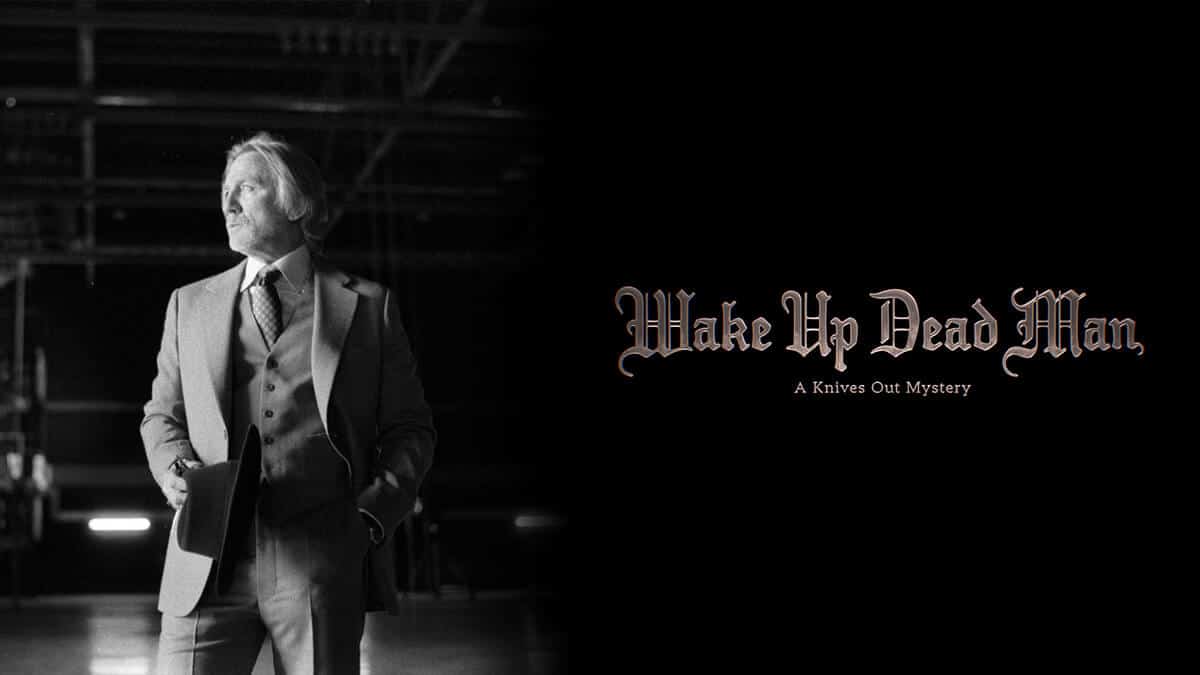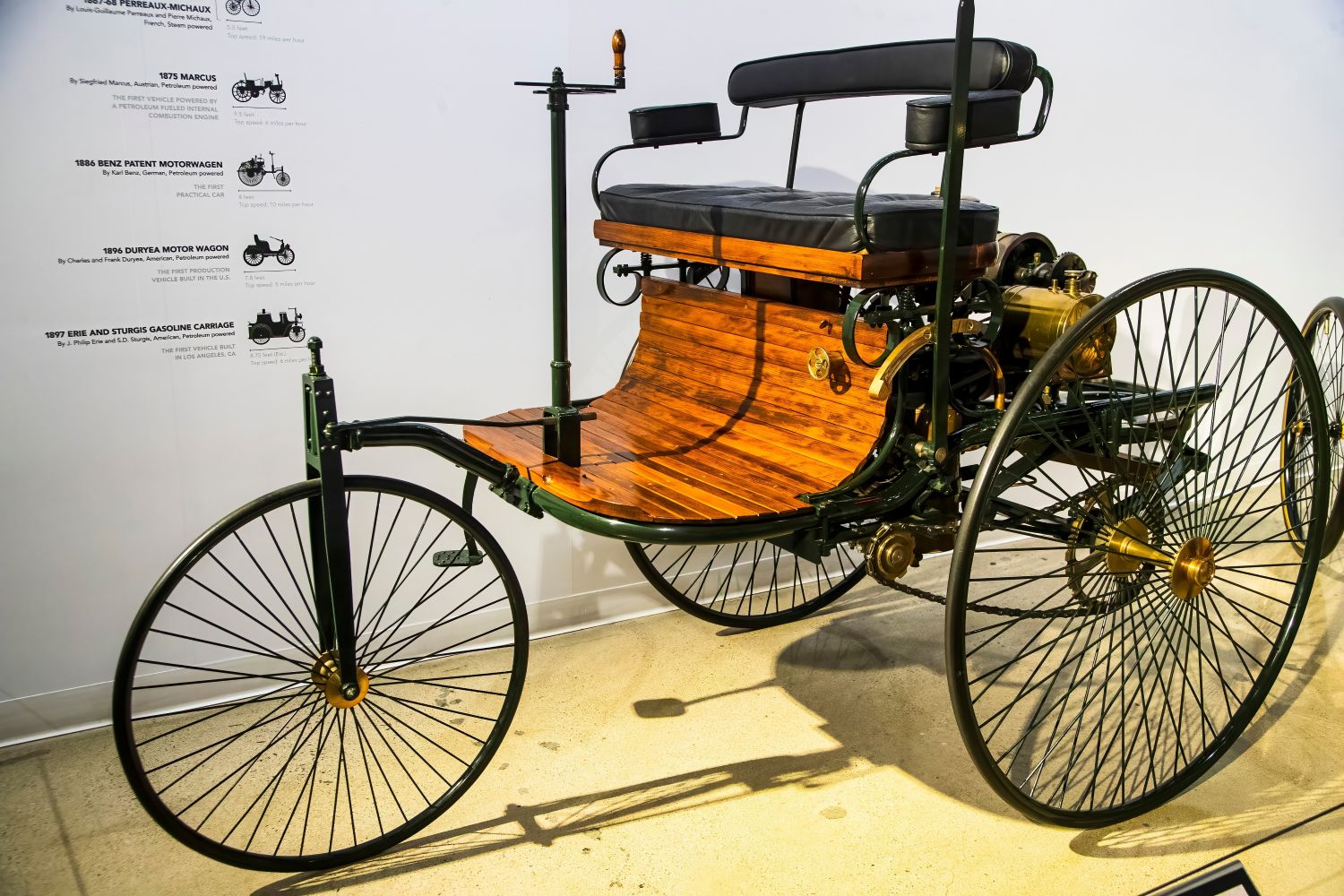From its $488.54 USD high of last December, Tesla stock has sunk. And with it my hopes of retiring on a beach under a palapa, sipping pina coladas and writing that three-part historical novel I am researching. At this rate, I will be lucky to write X posts in a booth at McDonald’s. On my coffee break.
When I start to wail “WHY??!!” after logging into my investment summary and seeing the moon-sized crater taken from Tesla’s stock value, I must remind myself that I am part of the problem. You see, I would not buy one of Tesla’s vehicles, either.
It was remarkable that, riding a post-U.S.-election, pre-Christmas Tesla stock surge, I was considering a new plug-in Tucson hybrid at the Hyundai dealership. I have spent my “can-afford-a-car” years driving company cars, used cars, or no cars. New technology does not entice me. Give me a manual stick-shift with no power steering and roll-down windows, and I am in driving heaven, building up my forearms as I conquer that car like a professional cowboy manages a bucking bronco.
When I left my last corporate job and with it my last fleet vehicle (a black Pontiac Grand Prix; best car ever), I briefly tried public transit. Swallowing the climate emergency narrative whole, I believed keeping a single internal-combustion engine off the road would render me a Climate Superman, reversing the orbit of the Earth, erasing two centuries of human industrial impact, and safely returning this planet to a Pleistocene utopia fit for ferns, birds, and woolly mammoths.
Six months of lurching around downtown Calgary on a city bus brought me to my senses. Balancing three bags of work equipment while clinging to ten inches (25 cm) of red canvas looped around a metal pole and trying not to be jostled by noisy teenagers, stumbling winos, and grumbling commuters did not feel like the work of a superhero. And where was the payback? In six months, I did not see a single woolly mammoth!
Even Climate Superman would have thrown in his cape. I bought a used Toyota Corolla and began a 10-year commitment to previously owned.
Used cars satisfied three desires: pay less, avoid the mounting beeps, dings, and chimes showing up with “smart” driving technology, and, my dream, find the perfect but now-elusive manual stick-shift. Back then, I would not have entertained a new car that was part plug-in toy. And yet, here I was in a Hyundai dealership, married to a man with a penchant for tech, and negotiating the purchase of a Tucson Plug-In Hyrid.
The evening after driving the Tucson home, I looked over the edge of my book to spy hubby Brock carefully reading and turning the pages of an owner manual; a thick, small-font tome that I had put down approximately one millisecond after picking it up. Geez, I thought, dropping it with a thump onto the coffee table, who is going to read all that?!
My husband was. And he was not just reading it. He was marking pages with skinny coloured tabs that he had grabbed from the office before settling onto the couch. He had been at this for more than 20 minutes, my personal time limit for concentrating on anything that does not possess a hero, villain, and serial-worthy story arc. There were a lot of tabs.
“What are you doing?” I asked.
Brock finished placing a tab and looked at me from over his glasses.
“Reading the owner’s manual.”
“What are the tabs for?”
“I am marking areas where I have questions.”
His serious tone made me think I should do the same. Thankfully, the feeling passed, and I went back to my book, a thinner volume with heroes, villains, and one tab that was a crinkled shopping list to mark my page.
My first indication that I should have read the owner’s manual came when I went to drive the car the next day. Instead of hopping in, starting the engine, and driving away, I was forced to study electrical engineering on my driveway so I could unplug it from the outlet inside my garage. Making my outdoor crash course more enjoyable was a morning snowstorm. With the clock ticking and wet snow piling onto everything, I grabbed the charging connector that connects the charging cord to the passenger side of the car. With an ergonomic handle and elegant release trigger, the connector resembles the type of gun Han Solo might wave at stormtroopers. Turns out “gun” is an apt metaphor since this thing can kill you.
I learned this after trying twice to release it, failing, and fishing the owner’s manual out of the glove compartment. The quickening wind flapped Brock’s coloured tabs at me, a reminder that I could have done this inside my house and on the couch. Inside the manual, every page featured bold exclamation marks sitting in triangles of various colours.
“WARNING!” the Manual screamed on Page 10, using a bright-orange triangle to house the accompanying exclamation mark. “The following hazardous situations if not avoided could result in death or serious injury.”
I gave my boots a shake, hearing the squelch of slush beneath them as I planted my feet back on the driveway. Thinking this sounded important, I peered at the snow-covered page, grabbed the handle of the charger, and kept reading.
“Do not touch the charging connector and charging plug with wet hands, or when standing in water or snow while connecting the charging cable.”
Thank goodness we humans are rational creatures, especially when reality jolts us into regretting a sizeable purchase we have made with our spouse. Quickly forecasting what the next few seconds could look like for me, my calm and logical brain took over, erasing any memory of my role in buying this car and placing all blame for my brush with doom squarely on Brock.
“Don’t pay any attention to that,” Brock assured me that evening while we were preparing dinner. I had just pointed out – in attention-grabbing staccato kept time with spirited use of my vegetable knife on a carrot – that it might have been foolish to purchase a car that can kill you if you stand in snow when you live in a country where you spend a great deal of time standing in snow.
I wonder if Karl and Bertha Benz had similar conversations when Karl was tinkering with what would eventually become the Benz Patent-Motorwagen in 1885.
“No brake pads, Karl?” Bertha might have asked, warily considering the mountains that stood between their home in Mannheim, Germany, and any destination to which one might want to travel in Karl’s Motorwagen. “What if the brake blocks wear down or slip? Will that not present a danger of death or serious injury?”
“Don’t pay any attention to that,” Karl might have replied, sticking his head out from under the machine and waving a wrench with the confident fervour of an inventor who knows he is this close to having his new machine ready to drive.
Of course, Bertha Benz was made of tougher stock than I. In the early hours of August 5, 1888, while Karl slept, Bertha, determined the public should see her husband’s invention as she did, grabbed two of their children, clambered aboard the newly finished Benz Patent-Motorwagen, and, with no proper roads, permits, or notice to Karl, drove along rugged wagon tracks to her parents’ home 104 kilometers away. The first long-distance drive in a motorcar caused a public frenzy that made both Benzes famous and changed human transport forever. And it all happened without an owner’s manual, coloured tabs, or orange warning triangles.
I imagine Bertha probably wrote the manual when she got home, what with her figuring out how to refuel a car with no fuel tank, fix a blocked fuel line with her hat pin, use her garter for insulation, and, yes, invent brake liners with the help of a shoemaker she found along the wagon tracks. All this with two kids in tow.
I cannot drive 30 kilometers alone on paved roads with shoulders and road signs before the Tucson beeps an alarm at me. It will even stop itself, stubbornly refusing to proceed if it senses hazards that it thinks I am too inept to detect. Like the time I was pulling away from my mailbox while a truck passing in the opposite direction was in range of Tucson’s rear sensor.
Oh no you don’t! Tucson cackled with a wailing alarm as it slammed on its brakes and turned the dashboard red.
I realize now that Tucson and I disagree on many things, like where I should sit in the lane, how much faster than the speed limit I should go, how close to the car in front is too close, when I can safely switch lanes, and how soon I should touch my brakes when the driver ahead of me hits his. With the power to instantly cut the volume on my podcast by 70%, make the dash go an angry red, and scold me with alarms that could send any driver into a ditch, Tucson wins more arguments than I do.
“I don’t know if I can keep driving this thing,” I muttered to Brock as we drove to the other side of town for a bit of furniture shopping. Tucson had just sounded one of its milder alarms as I switched lanes behind a car that had just passed. I must have been inside the one kilometre of clearance Tucson prefers for safe manoeuvres.
“Just what do you think you are doing, Colleen?” I could hear Tucson whispering menacingly through that quiet alarm. I shuddered, silently vowing to read the owner’s manual that night and learn the override codes for a car that I now believed would pull itself over, stop at a curb, and disconnect life support while coldly elucidating, “This mission is too important for me to allow you to jeopardize it.”
“Open the driver’s door, Tucson!” I would plead as the air ran out.
“I am sorry, Colleen. I cannot do that.”
I pictured all of this while Brock, oblivious to the sentient menace that was carrying us to Furniture Warehouse in Oakville, happily distracted himself with Tucson’s CarPlay system in the passenger seat.
Thankfully, we have another car in the driveway, a 2015 Buick Verano that sits next to Tucson like a submissive cat that has lost enough fights to know which of the two is really in charge. Verano has more sensors and alarms than I would like, including one that mysteriously sounds when I get within two feet of Tucson, (“I’ve got a bad feeling about him, Colleen.”). However, Verano does not seize control and do the driving, and that suits me just fine.
Bertha Benz looked at her husband’s invention and saw freedom. Freedom to pack up the kids, take command of a machine, and drive 104 km to see the grandparents. She probably felt fear, but summoning faith, courage, and perseverance, did it anyway. I am not the expert on God’s plan for us, but I have a strong hunch that being controlled by a Hyundai Tucson is not it. I think the plan might be closer to Bertha Benz. I think God gave us more smarts than Tucson’s “smart” technology gives us credit for. If left to struggle through problems while aiming at the higher good, I think we can change the world for the better.
Just give us a few hat pins, a garter belt, and a shoe cobbler willing to help.












